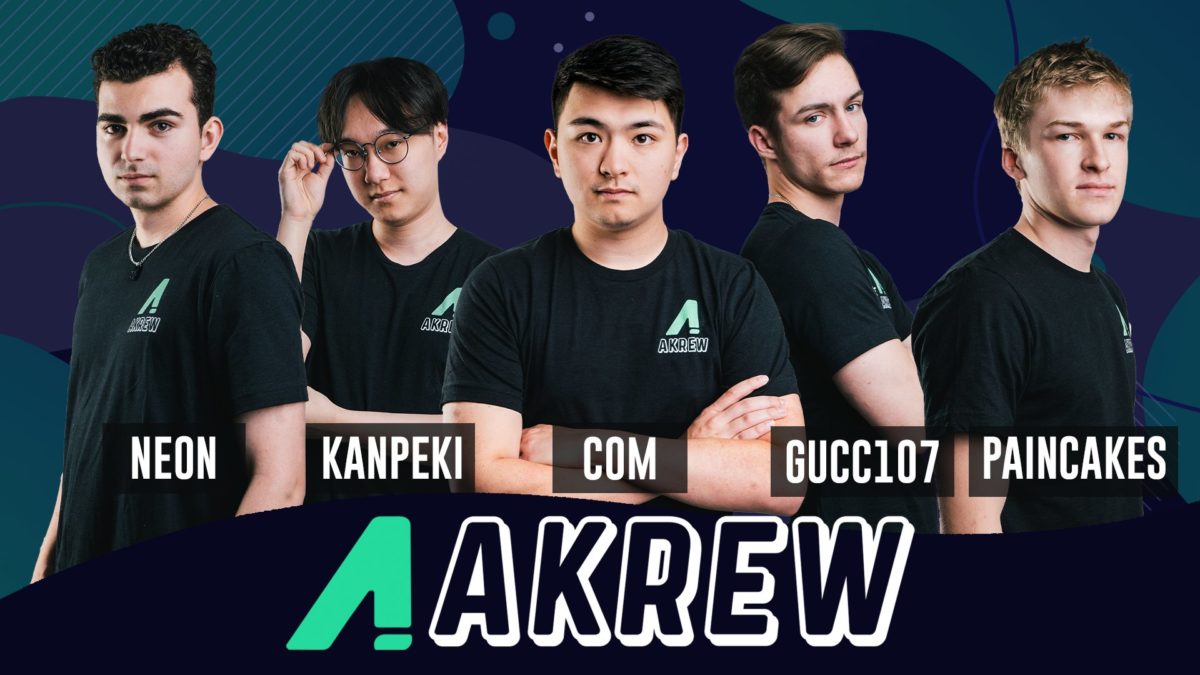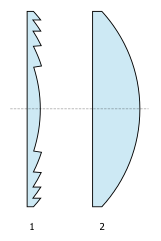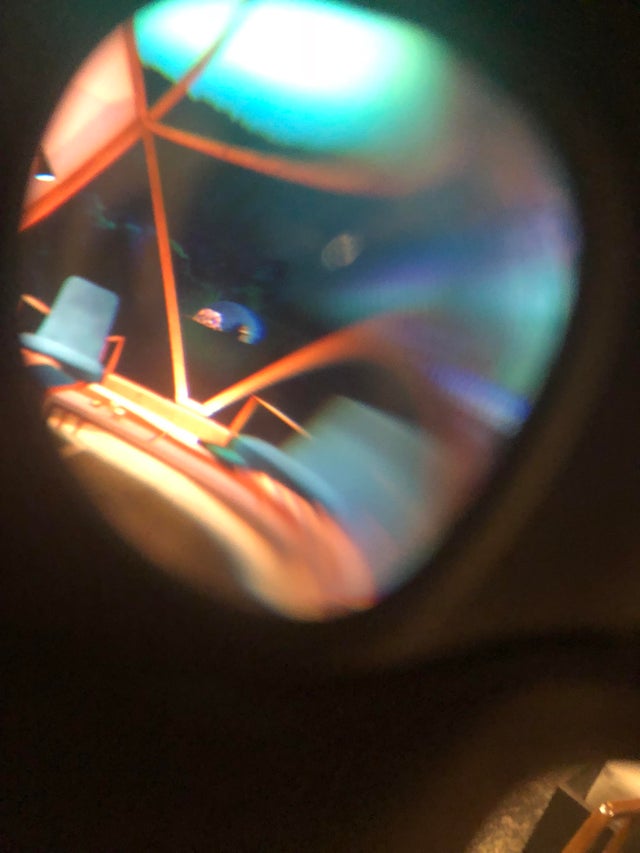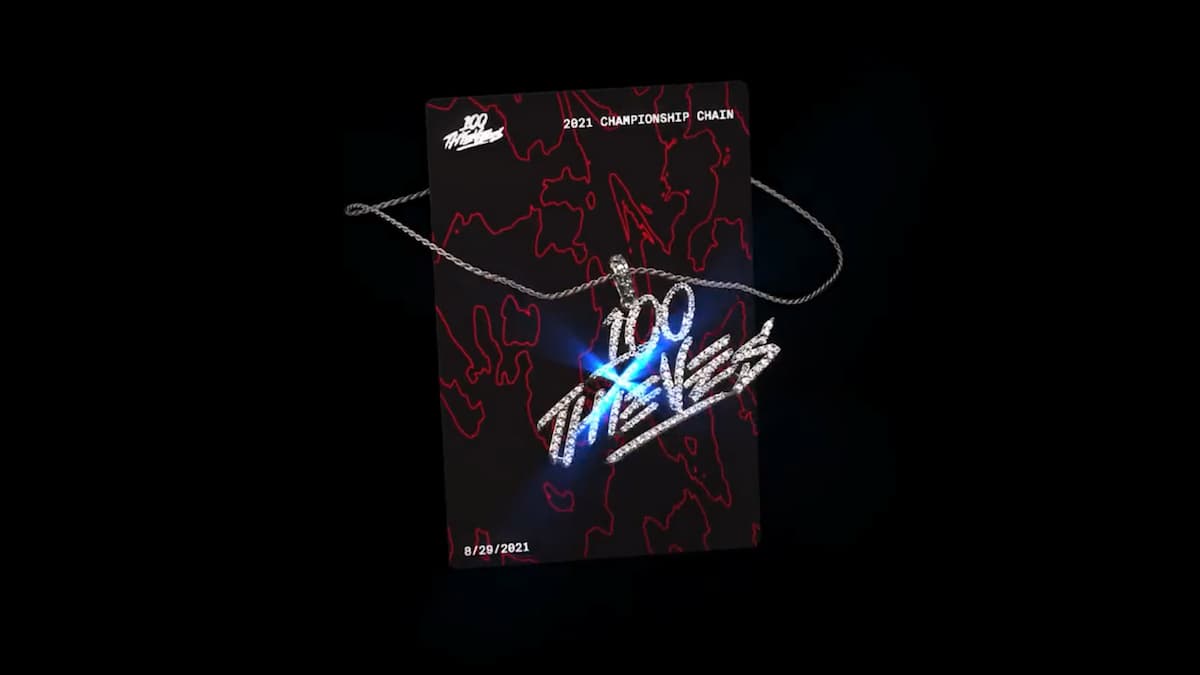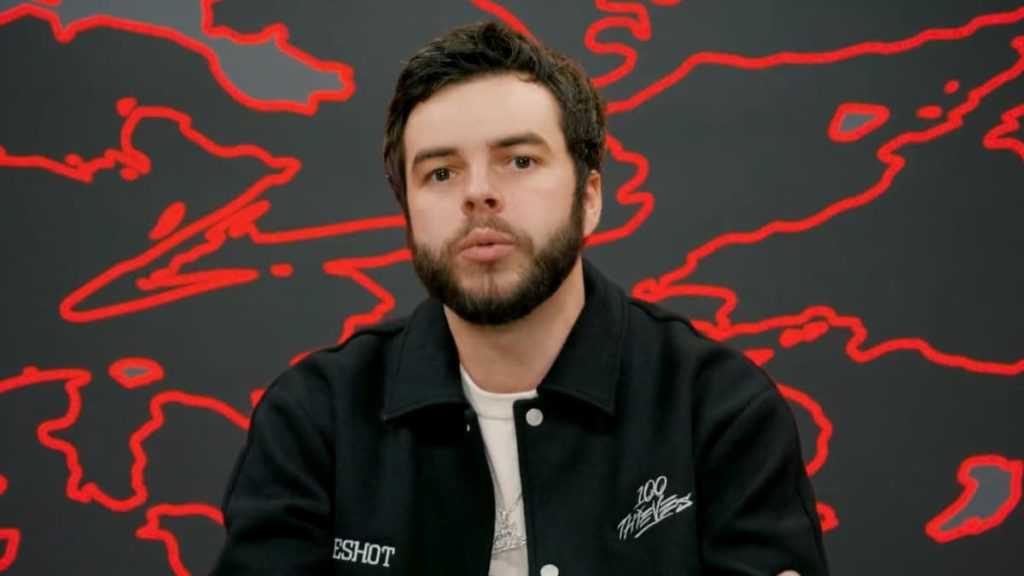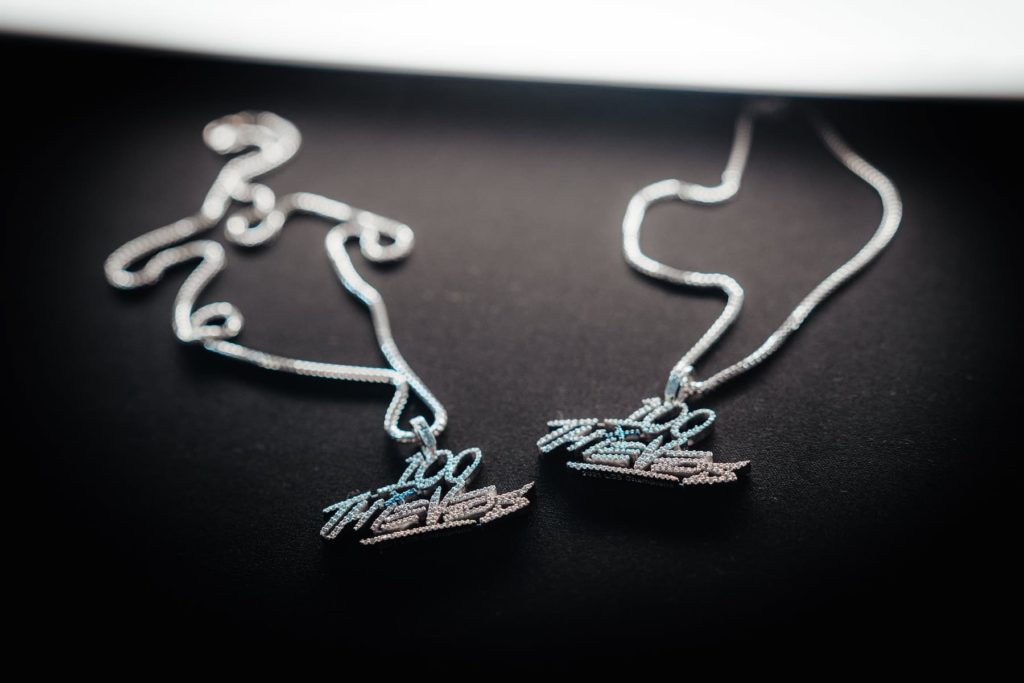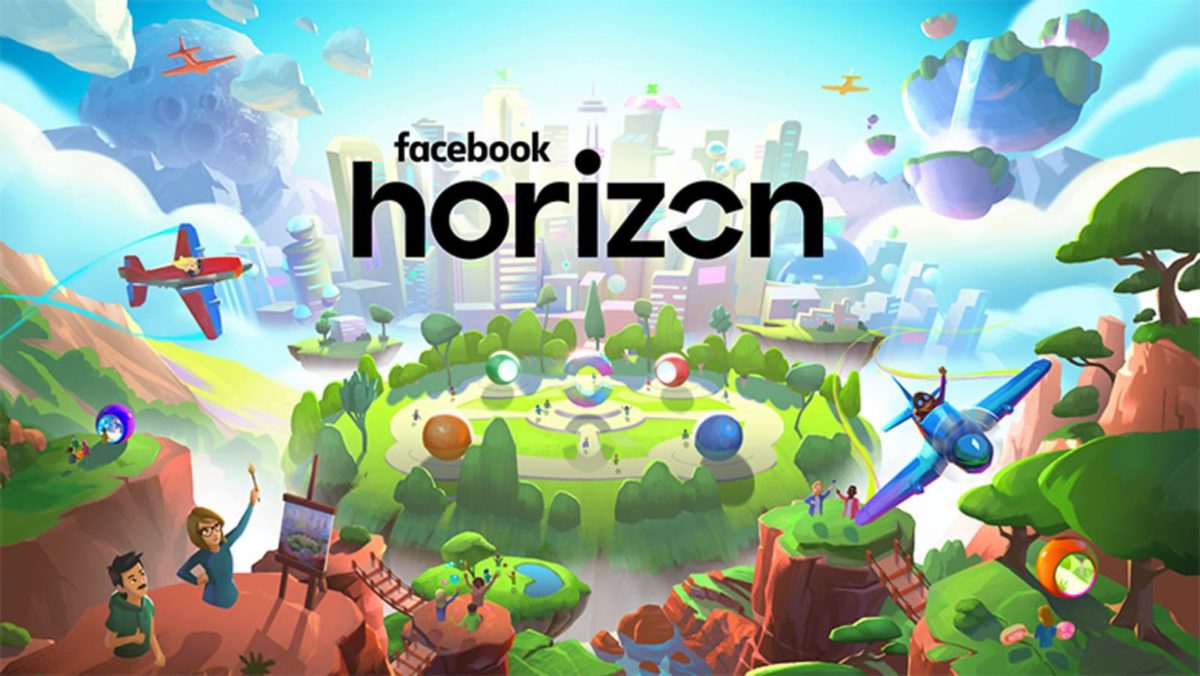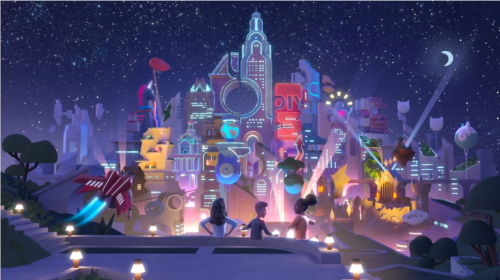Akrew found success during the pandemic with the creation of Nookazon and Traderie, two platforms where players can trade and sell video game items. Akrew again found success with the launch of their Valorant esports team, amassing a win streak of over 30 games. They looked to follow up on this momentum when they announced their entrance into Rocket League esports. The organization acquired Vibrance, a North American team comprised of Ty “Astro” Bullinger, Fernando “Fefe” Hulzar, Arlin “Oath” Burns, and substitute Rhys “Gear” Peña. Unfortunately, things have not immediately gone as well as they have with Akrew’s other ventures.
Akrew’s Rocket League team just competed in their first series with the organization, the Winter RLCS 2021-2022 North American Regional Closed Qualifier. The team finished in 12th place with a sub .500 record of 8-9, failing to qualify for the third Regional Event. They’re performance in round one against Torrent was already underwhelming and fell below what we’ve seen from Astro and company in the past. They lost the series three games to two, including two straight overtime losses and a scoreless finale. While playing as Vibrance, this same team finished in second place at the Fall 2021-2022 RLCS North American Regional Event Closed Qualifier with a 9-5 record.
Right out of the gate, it would appear as if the team is was showing signs of regression while playing for their new organization. In reality, it’s more likely that the team is simply not improving at a rate fast enough to rise the ranks. This makes sense considering they’ve operated as a mostly independent team up until this point. Rosters they’ve beaten decisively in the past, like Version1 and XSET, have made it to the main event and are seeing increased amounts of success. The ability to not only compete with but also defeat these teams is there; Akrew will just have to find ways to refine their team strategies and execute new ones.
This could actually be the perfect dynamic since Akrew has more than enough resources to enhance the team’s training, and a talented roster for the molding. From an organization standpoint, Akrew will need to invest in the development of the team and remain patient as their players grow and improve. Both Oath and Fefe just joined the team last year in July with Astro being the only on-field mainstay to this point. He’s been with the team since 2020 and was a part of its revival in May of last year. With a talented and young cornerstone to build around, Akrew has the chance to create their own identity for this squad and etch a unique path.
So what does this mean for Akrew’s future in Rocket League? It means that fans are probably going to see roster changes and gameplay adjustments in the coming year. As the organization becomes more abreast in the esports world, it’s important for them to take their time and avoid expanding too fast. Two teams competing in two different games, especially when one is already struggling, is a tall task as is. Fans should definitely be intrigued by Akrew’s Rocket League venture; and keep an eye on what the adjustments they make for the next series.

